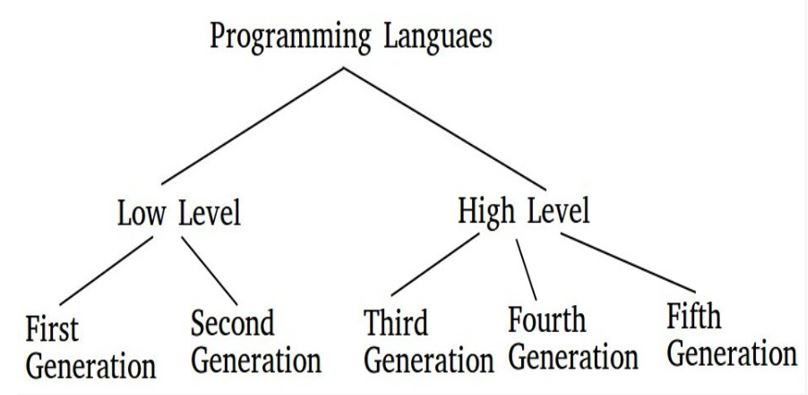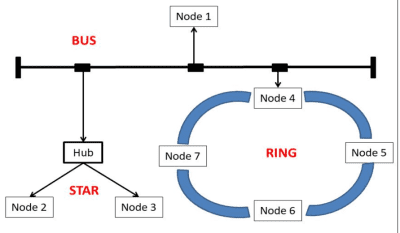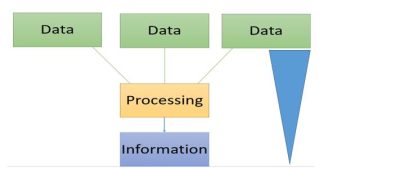Programming languages are tools that humans use to communicate instructions to computers.
As technology advances, new programming languages are developed to make coding easier, more efficient, and more powerful. Each language has its syntax, rules, and purposes, but they all serve the common goal of enabling us to create software, websites, apps, and much more.

First Generation Languages(1GL)
First generation languages are machine level languages. It is computer understandable language and consist only binary number (0 and 1)
Machine language is a sequence of instruction written in the form of binary numbers consisting of 1’s and 0’s to which the computers respond directly.
The
Disadvantage:
- It is machine Dependent
- It is Difficult to write
- Difficult to remember different machine codes for different operations.
Second Generation Languages (2GL)
Second generation languages are assembly level languages.
Assembly language is a symbolic representation (called mnemonics) of machine code.
The assembly languages program must be translated into machine code by a separate program called an assembler.

The assembler program recognizes the character strings that make up the symbolic names of the various machine operations and substitutes the required machine code for each instructions.
Sum of the Examples of instructions for assembly language are as follows.
| Code | Meaning |
| ADD | Addition |
| SUB | Subtraction |
| INR | Increase |
| DCR | Decrease |
| CMP | Compare |
Advantage :
Writing a program in assembly language is more convenient than writing in machine Language
Program Written in the form of symbolic instruction
It is useful writing program in embedded system because it needs fewer codes than high level language
It is also useful for device programming
Disadvantage:
Hard to Remember mnemonics
Machine Dependent
Less efficient than machine language – translated into machine language before execution
Third Generation Languages (3GL)
Third generation languages are high level languages.
High level programing is a more user friendly and to some extent platform independent. It is similar to natural language and so are easy to remember and write.
High level languages are easy to learn and work but while executing they have to be translated into to machine language.

It is slow in execution but efficient for Developing Programs
C,C++,C#, Java, Python are the example of High level language.
Advantages
- Easy to understand and use
- Portability- can be run in different machine with little or no change.
- Easy in Debugging – Error can be easily detected and removed
- Fast Development of Software – Commands of these language are similar closer to English language.
Disadvantages
- It Required more execution time
- Need own translator to translate high-level language to low-level language.
Fourth Generation Languages (4GL)
Fourth-generation programming languages (4GLs) streamline software development with simplified syntax and high-level abstractions.
For instance, SQL enables database manipulation through intuitive commands, while MATLAB facilitates complex numerical computations with concise code, making both ideal choices for their respective domains.
Advantage :
- Easy to understand and learn
- More User Friendly
- Less time required for application Creation
Disadvantage:
- Memory consumption is high
- Has poor control over Hardware
fifth-generation languages
It is based on the concept of artificial intelligence.
Fifth-generation languages (5GLs) are a category of programming languages that focus on facilitating the development of programs based on constraints, rules, and relationships rather than specific algorithms.
Advantages:
- Machines can make decisions.
- Programmer effort reduces to solve a problem.
Disadvantages:
- Complex and long code.
- More resources are required, which is expensive too.


